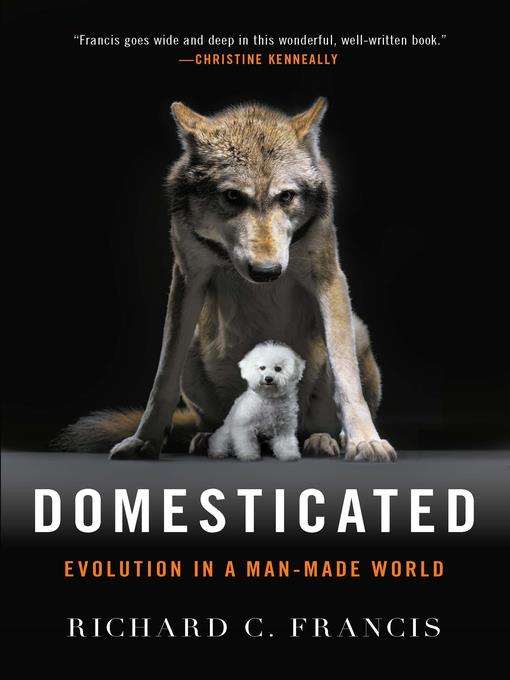
Domesticated
Evolution in a Man-Made World
کتاب های مرتبط
- اطلاعات
- نقد و بررسی
- دیدگاه کاربران
نقد و بررسی

March 2, 2015
With encyclopedic detail, Francis (Epigenetics) investigates the nature of domestication, focusing mostly on the biological rather than anthropological factors responsible for a wide array of human/animal partnerships. He ranges widely across species, including house pets, livestock, and pack animals, discussing the types of genetic changes that commonly occur during the process of domestication and the developmental implications such changes have. Francis describes how tameness, tolerance of human contact, and increased in-group sociality are frequent precursors to domestication and are often allied with the retention of juvenile traits in adults. Offering an effective primer on molecular genetics and the field of evolutionary development, he also demonstrates how conservative evolution can be, even while documenting some of the amazing changes species have undergone in relatively short periods of time due to strong selection imposed by humans. In his exploration of human evolution, he asks whether our species has experienced, via “self-domestication,” some of the same physical and cultural changes as have our domesticated companions; he concludes that the available data are not yet robust enough to form a firm conclusion about the self-domestication hypothesis, but suggests that our success as a species could be largely due to our enhanced sociality. Though the details can be overwhelming, Francis’s ability to weave in interesting asides keeps the text thought provoking. Illus.

April 1, 2015
This engaging book on the domestication of mammals by science journalist Francis (Epigenetics) is a pleasing mix of research in history, archaeology, genetics, behavior, developmental biology, and psychology. The history and genetics of the domestication of dogs, cats, horses, sheep, goats, cattle, and pigs all contribute to our understanding of the changes brought about in animals by man-made environments. Some of the creatures covered--camels, rodents, ferrets, and reindeer--might not be the usual mammals people consider when they think of domestication, but theirs are compelling stories. Raccoons and foxes are included in the book to provide information on intermediary steps in domestication. The final chapters describing the theory of self-domestication of Homo sapiens are exciting. While other books cover some species and some aspects of domestication, this book provides up-to-date information on many mammals and includes genetic studies of changes in mammal genomes. While a degree of understanding of genetics is assumed, extensive notes and references allow the reader to find the science behind the theories. VERDICT An excellent book for those interested in human-animal interactions, domestication, or evolution.--Margaret Henderson, Midlothian, VA
Copyright 2015 Library Journal, LLC Used with permission.

























دیدگاه کاربران